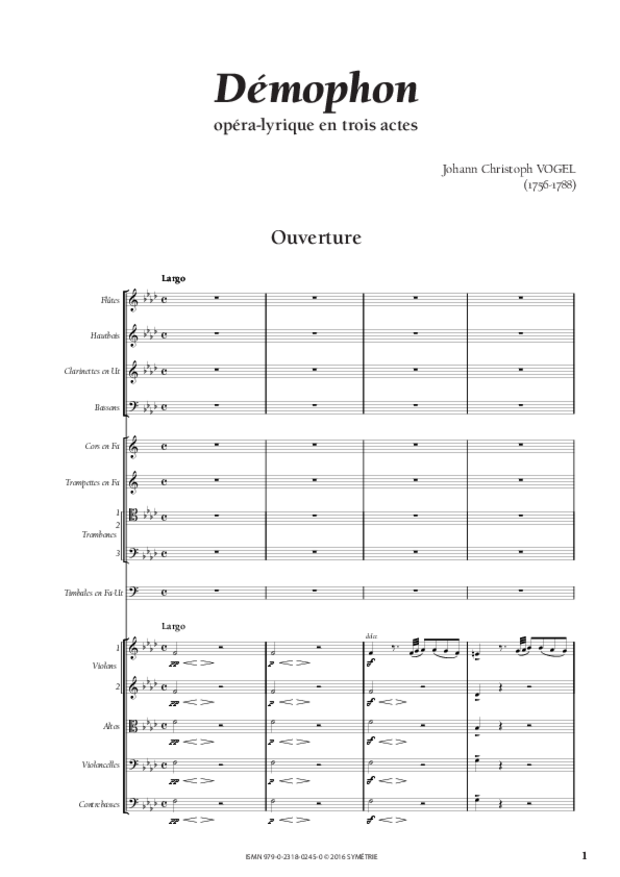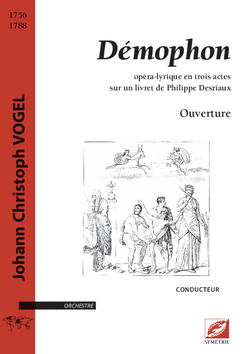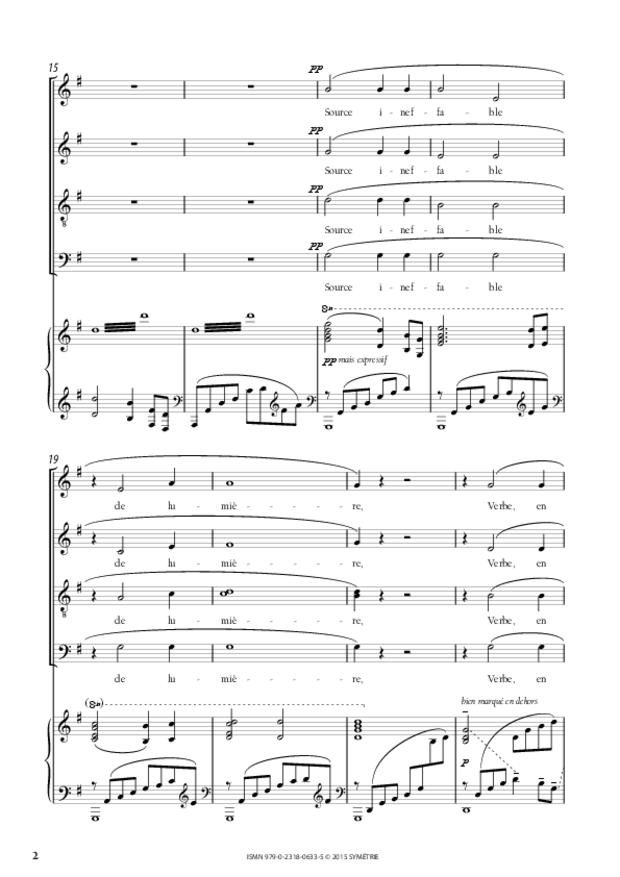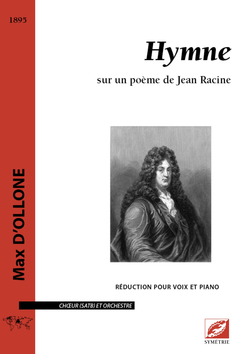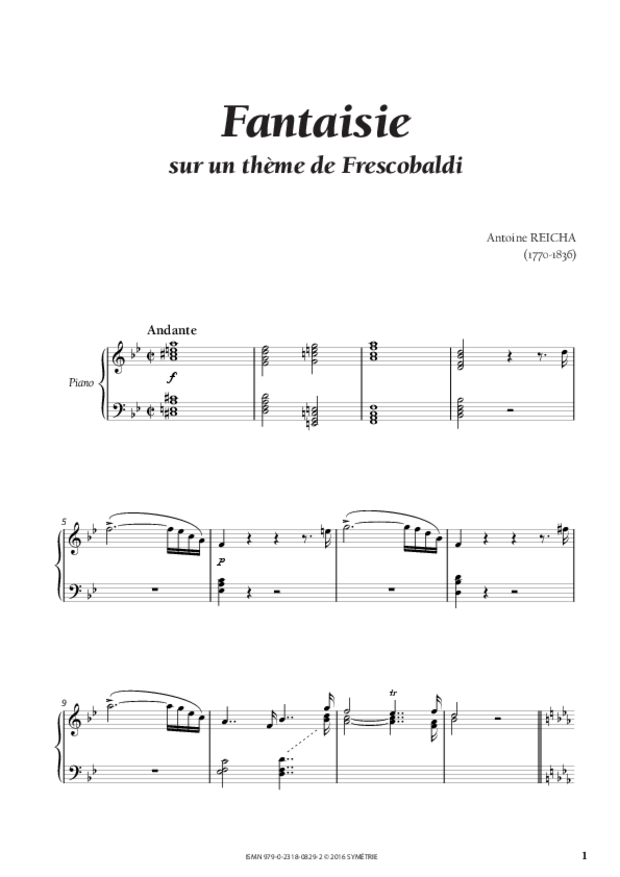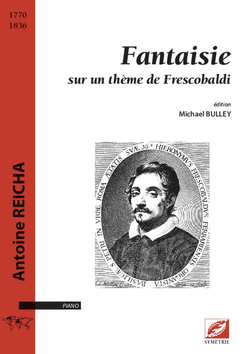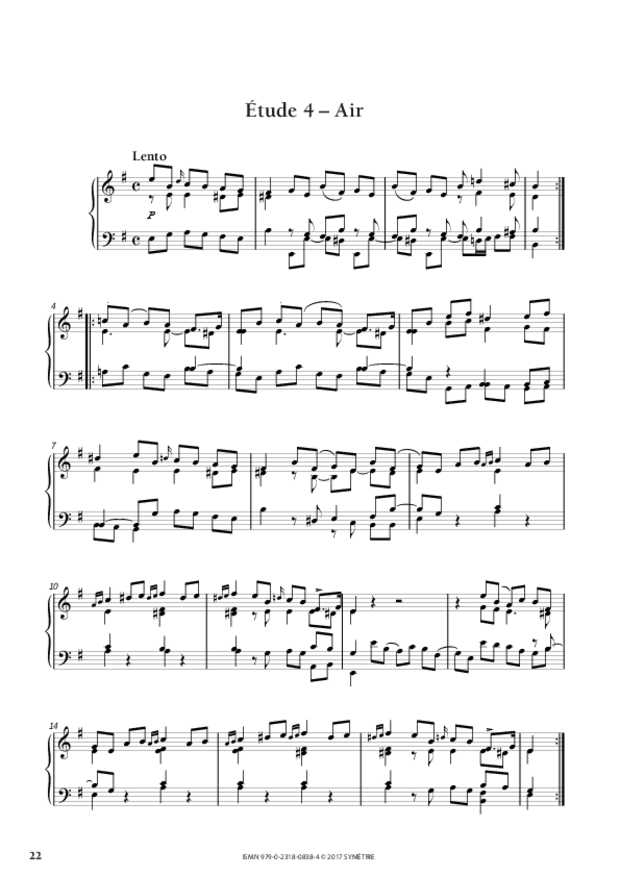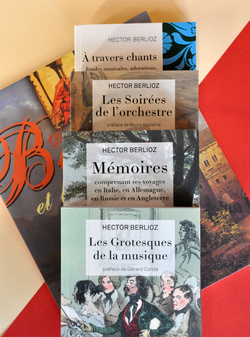Created on 9 March 1873 at the Concert national, the Symphonie romantique by Victorin Joncières enjoyed a real success. The 33-year-old composer was well-known for his dramatic works given at the Théâtre-Lyrique and at the Opéra, but barely for his orchestral music. In this experimental work for his instrumental writing, Joncières displays a style integrating the wagnerian innovations of color and form, and shows a real concern for the sound effect and the narration. The musical writing includes meditative and contrapuntal parts inspired by the German models. The piece is written for a romantic orchestra and is divided in four movements: andante-allegro, andante sostenuto, agitato and finale.
The first movement begins with an andante introduction in E minor, a kind of melancholic exposition written in a dotted pattern, repeated in echo between the sections. Then an impetuous allegro comes in, characterized by a eighth-notes continuous mat played by the celli and the bassoons. The agitated even ferocious feel is reinforced by the chromatic harmonies, the tuttis and the use of the full orchestral power.
The second movement, andante sostenuto, is all in delicacy and lyricism reminiscent of Mendelssohn or Schumann. The strings play the first theme then repeated by the woods, then the two sections join for the second theme. A central animato comes next in a once again narrative perspective interfering with this quietness.
The following agitato reconnects with the frenetic first allegro and astonishes by its orchestral colors. Without doubt, this is one of Joncières’ most ingenious part, original and fresh, clearly contrasting with the previous movement.
The finale is a grand chorale for the winds, first limited to clarinets, bassoons and horns, but progressively joined by the other winds until the entrance of the violins. It is a real tribute to Wagner, a clear reference to the Pilgrims’ Choir in Tannhäuser; the solemn and serious atmosphere keeps reminding us the deeply dramatic spirit of this work.
A real challenge, this Symphonie romantique is a symbiosis of the French and German styles. By its colors and its adventures, it can be linked to the then-dominating genre of the symphonic poem.
Vincent Bridet
under the scientific guidance of
Anne-Sylvie Barthel-Calvet,
(department of Music and Musicology of
UFR Arts Lettres et Langues-Metz, Université de Lorraine)
(translation Philippe Do)
Panorama de presse
Ainsi la Symphonie romantique de 1876 […] indique un pur tempérament créateur, wagnérien de la première heure et militant fracassant même, dont le germanisme intense regarde indiscutablement de l’autre côté du Rhin, vers Wagner certes (fanfares de Parsifal), mais plus loin encore vers Schumann et Mendelssohn voire Weber ! La redécouverte est spectaculaire et atteste de l’originalité puissante d’un créateur accompli. […] Joncières éblouit par sa créativité intense aux couleurs moins françaises que surtout germaniques.
Philippe-Alexandre Pham, Classiquenews.com
Nomenclature
2 flûtes (petite flûte), 2 hautbois, 2 clarinettes, 2 bassons, 4 cors, 2 trompettes, 3 trombones, timbales, cymbales, grosse caisse, cordes
All available forms
-
sheet music pour orchestre
-
matériel (2(picc.).2.2.2. – 4.2.3.0. –timb. perc.(2) - 10.8.6.5.4)
2 flûtes (petite flûte), 2 hautbois, 2 clarinettes, 2 bassons, 4 cors, 2 trompettes, 3 trombones, timbales, cymbales-grosse caisse, cordes · 30 min · 21 x 29.7 cm · spiral booklet · ISMN 979-0-2318-0561-1
Publisher : Symétrie
on hire
-
conducteur de lecture au format A4
2 flûtes (petite flûte), 2 hautbois, 2 clarinettes, 2 bassons, 4 cors, 2 trompettes, 3 trombones, timbales, cymbales, grosse caisse, cordes · stapled booklet · 168 pages · ISMN 979-0-2318-0560-4
Publisher : Symétrie
Price : €61.00
-
conducteur de direction au format A3
2 flûtes (petite flûte), 2 hautbois, 2 clarinettes, 2 bassons, 4 cors, 2 trompettes, 3 trombones, timbales, cymbales, grosse caisse, cordes · 29.7 x 42 cm · 168 pages · ISMN 979-0-2318-0872-8
Publisher : Symétrie
Price : €90.00
-
